Jun 30, 2019 App Development
7 Cross Platform App Development Framework For Developers
Jun 30, 2019 App Development
Table of Contents
Jun 30, 2019 App Development
If the business on different platforms is a new reality, a cross-platform framework offers the key! As an affordable and efficient business tool in the online space, no one can turn a blind eye for the cross-platform apps. The idea of cross-platform app development started skyrocketing because of the number of benefits it offers to the organizations irrespective of the size, revenue, and model.
In today’s world, there has been a paradigm shift in establishing the right business strategies; most companies are swapping from websites to mobile applications. As the mobile app industry is also going through one of the challenging phases, choosing the right framework with an apt platform and development process becomes important.
Let’s take a deep dive in some of the leading cross-platform app development framework that will be a boon to the developers in 2019 and beyond.
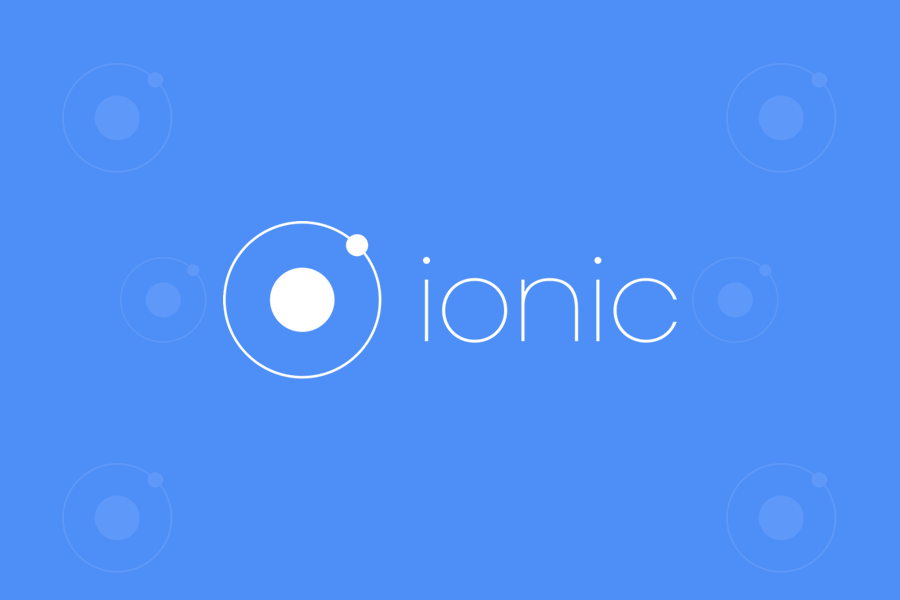
Ionic is a reliable cross-platform mobile app development framework, which is cementing its footprints nowadays. It’s among the most widely used tools to develop hybrid mobile apps for various Smartphone OS devices. Moreover, it’s an enterprise-ready framework to create a dynamic, safe & complex app for multiple industries.
Ionic works on technologies like HTML5, CSS3, JavaScript and SASS. This open source & free hybrid mobile app development framework is beneficial for creating alluring and efficient user interfaces for your app. Above all, it uses a single codebase to build an app for different app stores.
You can create smart & interactive UI’s with this framework. Besides, you can include multiple JavaScript components, CSS, & other plugin libraries to make your app artful & agile.
a) Braced By A Global Community
Ionic is supported by a vibrant community of nearly 5M developers in over 200 countries.
b) As Future-Proof As The Web
The apps you develop with the Ionic framework harness the power and stability of the open web – the tried-and-tested universal runtime in the world. It is considered as always the best bet on the World Wide Web.
c) Based As Open Source
This is the open-source SDK for building cross-platform mobile apps and progressive apps.
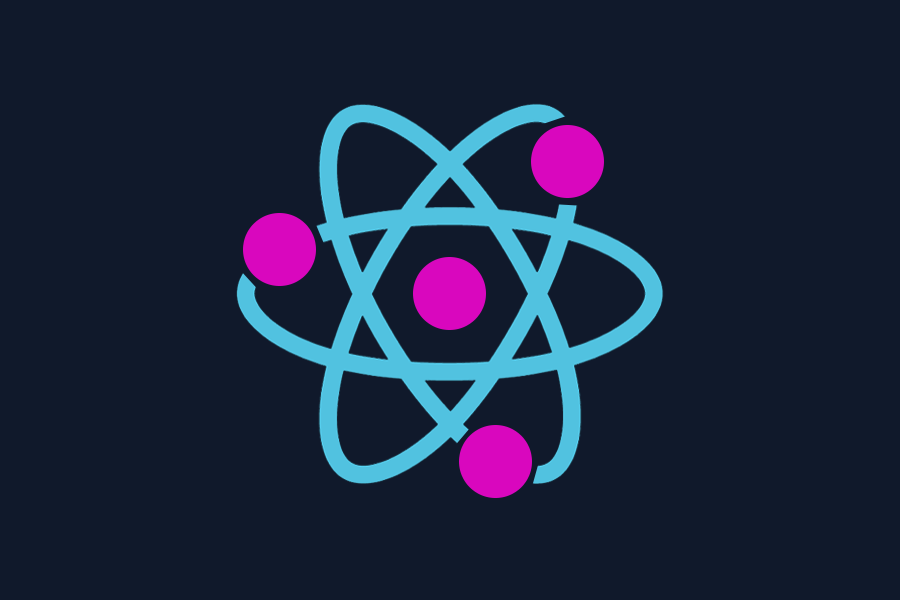
React native is a Javascript framework for writing real, natively rendering Android and iOS applications. It is grounded on react, Facebook’s Javascript library for developing user interfaces, but instead of targeting the browser, it focuses on mobile platforms.
In more simple language; if you are a developer, you can work on React Native to write clean, fast mobile apps, that too with the comfort zone of a familiar framework and a single Javascript codebase.
So, must be wondering what React Native is?
React is a javascript library for creating user interfaces, particularly on the web. But, React Native is just React, especially for mobile.
a) A Better Developer Experience
Compared to standard iOS and Android development framework, react native provides a much stronger developing experience. Because your application is mostly Javascript, you are provided with lots of perks of web development, like instantly “Refresh” to see the code changes.
b) Easy To Handle Multiple Platform
Undoubtedly, react native handles graciously multiple platforms. The behemoth majority of React Native API’s are cross-platform, you just need to write one react native code, and it will work seamlessly for both – iOS and Android.
c) It’s Actually Native
The foremost thing that surprises people about react native is, it’s actually “Native”. In this, a component describes its own appearance, react than handles entire rendering for you.
Adobe PhoneGap is a cross-app platform that let you reuse existing web development skills to faster create hybrid applications with CSS, HTML, and Javascript.
While working with PhoneGap, developers use HTML, CSS, Javascript to develop hybrid mobile applications that output to Android, iOS, and Windows. It is accomplished by wrapping the web application in a native container. This overcomes the common demur of the mobile web browser while extending the same benefits of a common language to the developers.
The applications built with PhoneGap framework are developed in the same manner as mobile web apps, adding on the access of native apps API’s.
a) PhoneGap Desktop App
The desktop app is the snappiest way to create new PhoneGap apps seamlessly, without using the command line.
b) PhoneGap Developers
Use the mobile app to connect the devices locally to the respective development machine, and you can witness the changes you make instantly – without the need to re-sign, re-compile, re-install your app to test the code.
c) PhoneGap Build
Erase the pain of developing a mobile app from the syllabus. No more compiling locally – Get app-store ready without the headache of maintaining native SDK’s (Software Development Kit).
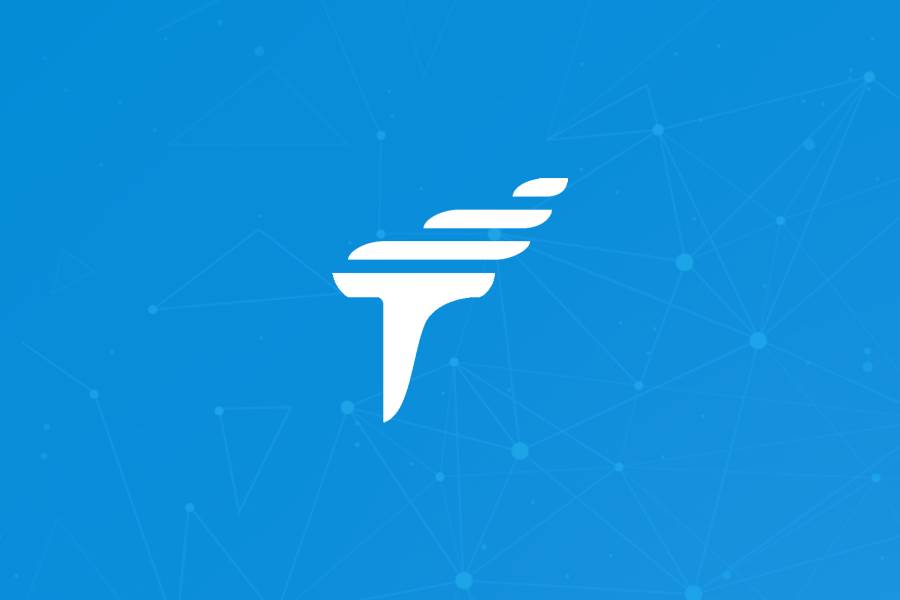
Tabris.Js is a mobile app development framework that let you develop native iOS and Android apps from a single code purely written in Javascript or typescript. Moreover, Tabris.Js framework is an execution engine with a fragile layer called native widgets.
No basic setup necessary and even no compiling, you can make changes directly on your mobile devices. Most importantly, it’s very dynamic and capable of creating complex apps also. It’s one of the safest, high-performance and industry ready platform.
a) No Webviews!
Cross-platform, a true native. Yes, Tabris.Js no more use webviews for rendering the User Interface. Instead, it builds native widgets on the mobile platform through a javascript to the native bridge.
This platform is known to quickly develop/ deploy cycle that you know from web development.
b) Jump On The Javascript API’s
While Tabris.js no more use webviews, you are welcome to use already existing javascript libraries, Cordova plugins, node modules, to develop your much-awaited apps. This platform lets you implement many API’s cores to the web application.
c) Create Your Native App Online
The online build service frees you from having to align with specialized hardware and huge SDK’s. You have your first app ready in a few minutes, more clearly prepared to download in a few minutes.
Local builds are easy as once you start with it. Start with the javascript of Tabris.Js that are available to use on Github under a BSD license, which makes the objective – C / java runtime under the umbrella of shared source license.
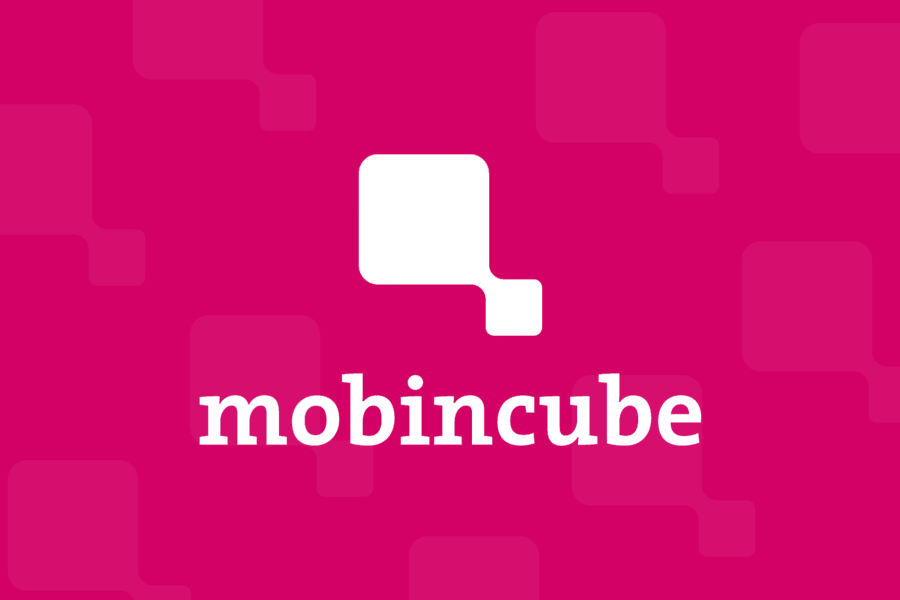
Mobincube is the best hybrid app development tools to create a native app for Android, iOS and Windows phone without programming. It is easy to use, that offer a high level of customization to create an app that fits best the need. Applications built with Mobincube will display 3rd party ads that will make money.
a) Built An App For Startup
MobinCube allows you to create your own HTML/ javascript modules which let you add advanced features to your app and inculcate them with your services: content, user account management etc.
b) Publish Your Web-app On App store
If you have your own web-app, you can still change it into a native app in minutes, so that it can be easily published on iTunes, Google play store, Windows marketplace, and many more.
This approach will gain a lot of visibility and visitors.
c) Built An App For Your Business
Working with MobinCube let you create a professional app for your business, products, or service and simultaneously communicate with the customers through push notifications.
Xamarin is a cross-app development platform that allows you to write cross-platform, yet native, applications for iOS, Android, and Window phones in C# and .NET.
This platform is known to provide C# binding to native iOS and Android API’s. These features give you the power to harness Android and iOS native user interface, graphics, notifications, animations, and all other elements – especially using C#.
a) A Single Stack For Faster Development
Developed with visual studio, Xamarin based apps are created with a single language – C#.
These apps utilized C# and shared codebases that occupy nearly 90% of each platform’s particular language, API’s and data structures and then wrap them in a .NET layer that enables cross-platform development.
b) Lesser Time To Market
Developing apps with shared codebase eliminates the time that would conventionally be spent on rewriting, translating, or recompiling the code to work on different platforms.
c) Apps For All Platforms
With Xamarin, it is a hassle-free task to convert a killer desktop app in a mobile app or vice-versa. It handles development seamlessly at all the renowned platform like Android, iOS and Windows.
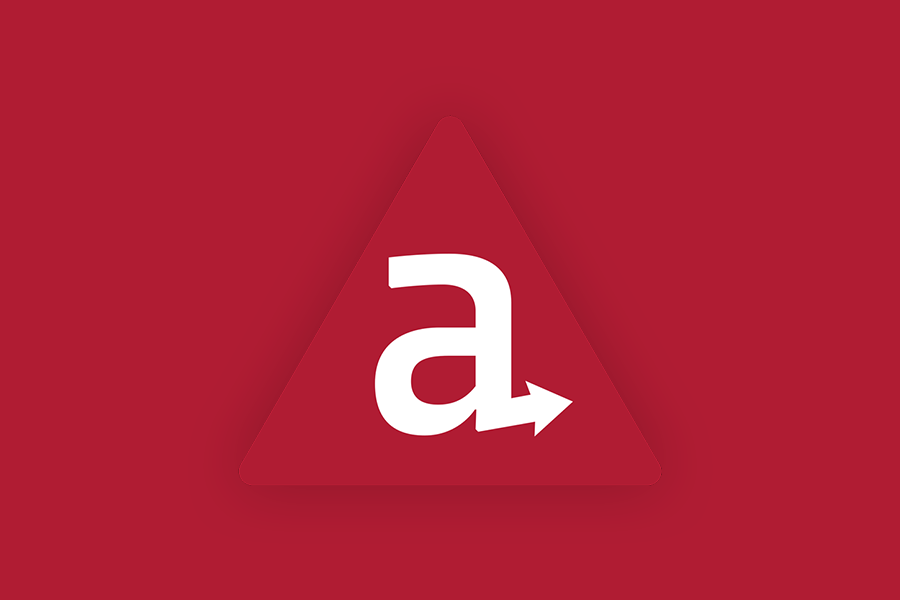
Appcelerator is a cross platform mobile development tool for building API’s with a flexible cloud service for running them. It is famous for its simple code and fast implementation.
With minimum coding, developers can create cross-platform apps, which makes it one of the best tools for simple hybrid apps. The apps created by Appcelerator work well on Android, iOS & Windows Mobile platform also it uses HTML5 to run on different mobile browsers. It has a higher cloud capacity & is an appropriate option for multi-region global developers.
a) Independent Of Embedded Browser
This platform includes HTML language, but can also create apps that don’t rely on an embedded browser, unlike PhoneGap.
b) Its Own Framework.
Titanium Appcelerator uses the javascript language and its own framework to target numerous mobile platforms, including iOS, Android, and Windows.
c) Back-End Service To Meet Clients Requirements
This service proves to be the best way for developers to hedge their bets is to build back-end services that will work well with clients irrespective of the platforms.
Among all the possible hybrid cross platform app development services out there in 2019, you just have a look at the top 7 that proves to be the best bet. So, before putting finger one of the frameworks mentioned above, you have to pay special attention to your target and ask yourself what’s the objective of your application.
As a reliable mobile app development company, we deliver feature-rich cross-platform app solutions to the global corporate world. Our apps proffer native-like experience to the end users and run seamlessly across multiple platforms.